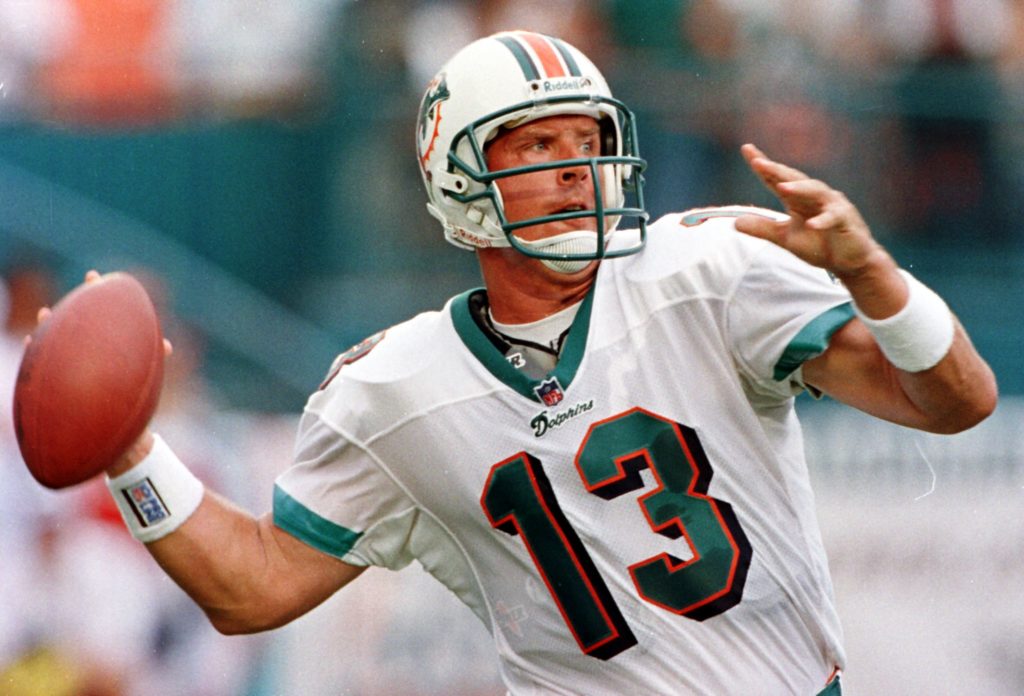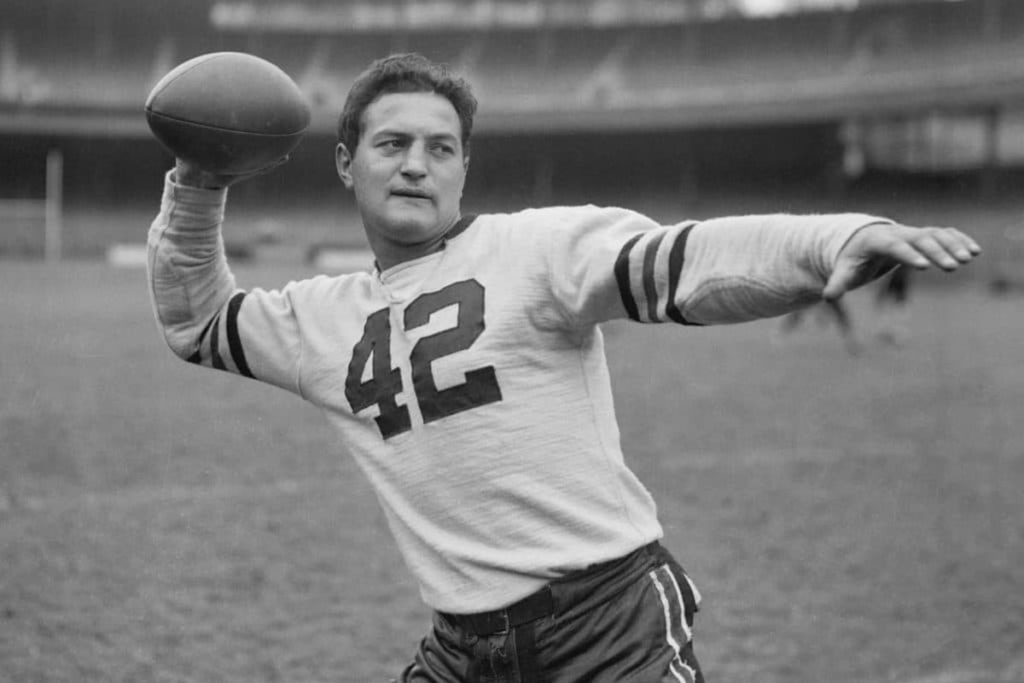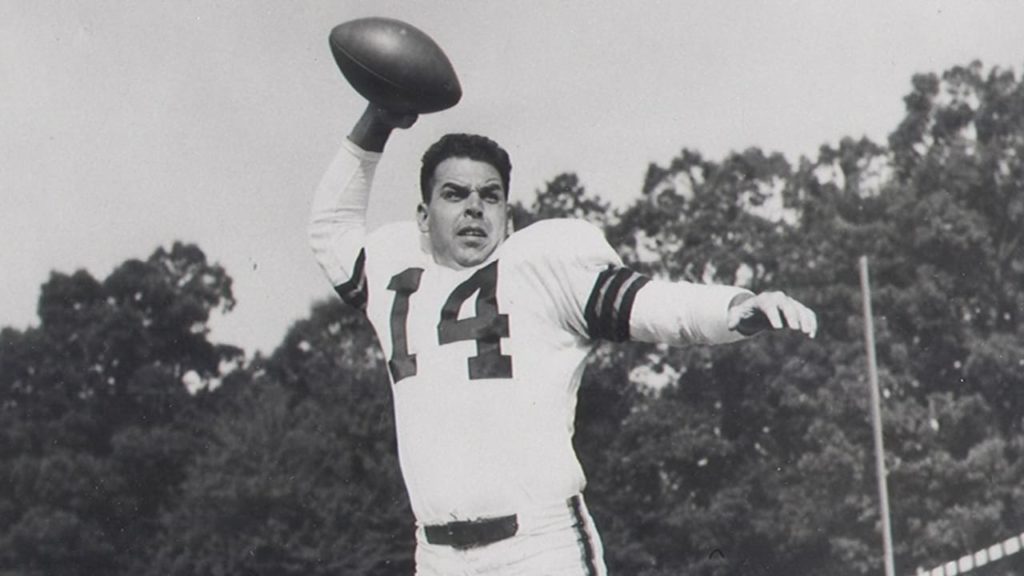An In-depth Look at the Evolution of NFL Players Since 1920

The start of the NFL can be traced back to 1920. Significant changes have occurred since then. The most obvious has been the change in body size of the players, but others like roles of various positions and methods of playing have also evolved.
Betting has also become a phenomenon in the NFL. This review about Leo Vegas covers some of the basics of betting in the NFL as technology advances. The following are some of the changes that the NFL has gone through. All heights and weights are averages according to pro-football-reference.com.
1920-1949
Quarterback
Weight: 175 pounds
Height: 5ft 10in
Best players: Sid Luckman, Paddy Driscoll, Sammy Baugh, Bennie Friedman
Statistics for the NFL weren’t kept official until 1932, but newspapers in the era, players’ testimonies, and team historians kept the resources.
Quarterbacks in this era were mostly single-wing, blocking or throwing a pass, and going out on a pass route.
Running Back
Weight: 189 pounds
Height: 5ft 10in
Best players: Red Grange, Ernie Nevers, Bronko Nagurski, Earl Clark
At 6ft 2in and 226 pounds, Bronko Nagurski was larger than other running backs. He had more similarities with Bunyan from Minnesota than he did with Earl Clark or Clarke Hinkle, his fellow running backs in the 1930s.
Wide Receiver
Weight: 196 pounds
Height: 6ft
Best players: Don Hutson, Johny Bloo, Red Badgro, Wayne Millner
During this era, some teams were moving one end far near the sideline to open it more for receiving purposes. Don Hutson is credited with having invented the wide receiver position.
Offensive Lineman
Weight: 220 pounds
Height: 6ft 1in
Best players: Hakeem Nicks, Anquan Boldin, Turk Edwards, Mel Hein
The Linemen were not always big. They have grown over the years. Running backs of today are of the same size as offensive linemen in the 1930s. They played as defensive linemen after offensive possessions.
Defensive Lineman
Weight: 220 pounds
Height: 6ft 2in
Best players: Turk Edwards, Steve Owen, Mel Hein
During this period of the virtually two-way system, defensive linemen were a bit taller and weighed slightly less than offensive linemen. The 6-2 defense was mostly used and complemented by 5-3 from 1933.
Linebacker
Weight: 205 pounds
Height: 6ft
Best players: Marion motley, Bronk Nagurski, Danny Fortman, Clarke Hinkle
Linebackers also played as offensive linemen. Hinkle and Nagurski were chosen for the 75th-anniversary two-way team.
Kicker
Weight: 198 pounds
Height: 5ft 11in
Best players: Roy Andrews, Gene Alford, Len Barnum
During training, teams held kicking tryouts, and the best would become the kicker.
1950-1979
Quarterbacks
Weight: 200 pounds
Height: 6ft 2in
Best players: Otto Graham, Joe Namath, Johny Unitas, Roger Staubach
Two-way players were by now outdated, and popular quarterbacks made appearances in the media. Roger Staubach was America’s team star player while Joe Namath had his talk show.
Running Back
Weight: 215 pounds
Height: 6ft 2in
Best players: Franco Harris, Larry Csonka, Jim Brown, Floyd Little
Running backs of this era were big. Several Hall of Fame Running backs played in this time and weighed at least 230 pounds
Wide Receiver
Height: 208 pounds
Height: 6ft 3in
Best players: John Mackey, Paul Warfield, Lance Alworth, Tommy MacDonald
During this time, teams had three-receiver sets. The other end became a tight position. In the early to mid-1960s, the NFL had fewer chances for wide receivers.
Offensive Lineman
Weight: 6ft 3in
Height: 253 pounds
Best players: John Hannah, Jim Otto, Mick Tingelhoff
After the two-way-players system was outdated, linemen focused on one position though the positions were more intricate.
Linebacker
Weight: 218 pounds
Height: 6ft 1in
Best players: Sam Huff, Willie Lanier, Chuck Bednarik, Ray Nitschke
Linebackers were more than run stoppers. They covered the passes also. Chud Bednarik was among the last two-way players. Sam Huff was vicious and tough.
Kicker
Weight: 208 pounds
Height: 6ft 1in
Best players: Don Chandler, Jerrel Wilson, Ray Guy, Yale Lary, Jim Bakken
Yale Lary defined the punter position at a time when teams chose one player specifically for the position. The soccer-kicker style was adopted where the kicker stood behind the ball at an angle.
1980 to 1999

MIAMI, : Miami Dolphins quarterback Dan Marino gets ready to throw a pass in first quarter action in Mimi’s NFL season opener against the Indianapolis Colts 31 August at Pro Player Stadium in Miami, FL. Marino is starting his 15th year as Dolphins quarterback. AFP PHOTO/Rhona WISE (Photo credit should read RHONA WISE/AFP/Getty Images)
Quarterbacks
Weight: 210 pounds
Height: 6ft 3in
Best players: Dan Marino, Steve Young, Jonh Elway
Teams signed players of a specific size. All quarterbacks signed in the first round were at least 6ft 2in except two. Smaller players had to wait to be drafted in the later rounds.
Running Back
Weight: 211 pounds
Height: 6ft
Best players: Barry Sanders, Walter Payton, Marcus Allen, Erick Dickerson
As the century came to an end, fullbacks were more of blockers than ball-carriers. Three-down backs were popular. Barry Sanders was given 312 carries, and 15 carries to his backers in the 1992 Detroit Lions.
Defensive Lineman
Weight: 6ft 2in
Height: 271 pounds
Best players: Charles Haley, Reggie White, Richard Dent
Sacks became an official stat in 1982. Their goal became more of taking the quarterback down as more sacks came with accolades.
Defensive Back
Weight: 193 pounds
Height: 6ft
Best players: Deion Sanders, Darrell Green, Rod Woodson, Ronnie Lott
Cover 2 swept over the NFL and maybe the most famous defense created at this time. Cornerbacks were supposed to tackle well and cover players in their zones.
Kicker
Weight: 200 pounds
Height: 6ft
Best player: Rohn Stark, Morten Andersen, Gary Anderson
The drop punt was introduced in this era, where the ball was dropped vertically and punted.
2000-Present

Dec 22, 2019; Nashville, Tennessee, USA; New Orleans Saints quarterback Drew Brees (9) before the game against the Tennessee Titans at Nissan Stadium. Mandatory Credit: Christopher Hanewinckel-USA TODAY Sports
Quarterback
Weight: 223 pounds
Height: 6ft 3in
Best players: Drew Brees, Steve McNair, Tom Brady, Peytonn Manning
Moving the ball in the air became prominent. Towards the end of the era, teams are looking for great quarterbacks.
Wide Receivers
Weight: 225 pounds
Height: 6ft 2in
Best players: Andre Johnson, Chad Ochocinco, Torry Holt, Isaac Bruce
Wide receivers are now more valuable than running backs due to the shifting to a passing game from a running game. Players could now become the best in their teams for a position that was blocking for a long time.
Linebacker
Weight: 245 pounds
Height: 6ft 2in
Best players: Von Miller, Derrick Brooks, Ray Lewis
Previously the number of linebackers had increased to four, but in this era, they decreased for an extra defensive back. Teams maintain the number of linemen but substitute a defensive player for a defensive backer.
Kicker
Weight: 205 pounds
Height: 6ft 1in
Best players: Justin Tucker, Shane Lechler, Johny Hekker, Adam Vinatieri
The league moved the XPA back to make the game harder on kickers since their accuracy has evolved to nearly automatic.
One player is now supposed to be both the placekicker and kickoff specialist.
Conclusion
The size of players for all positions has remarkably increased. New playing tactics have also been introduced, and others dropped as they became outdated

